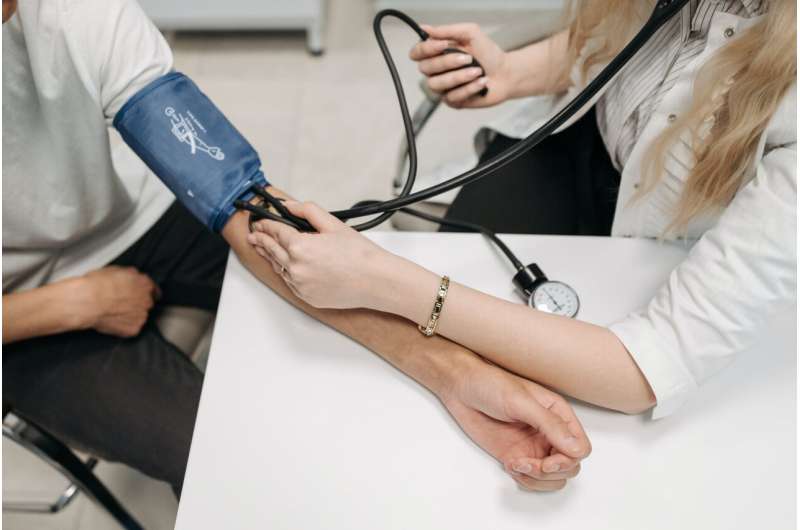This article has been reviewed according to Science X's editorial process and policies. Editors have highlighted the following attributes while ensuring the content's credibility:
fact-checked
reputable news agency
proofread
Tips for lowering stroke risk

May is National Stroke Awareness Month, and as part of everyday awareness, Mayo Clinic health care professionals suggest reducing stroke risk and knowing the signs. A stroke happens every 40 seconds in the U.S., and the likelihood of stroke increases with age, according to the National Institutes of Health.
Preventing a stroke is a crucial aspect of health care, as about 80% of all strokes are preventable. The focus is on managing risk factors to reduce the long-term risk of stroke.
A stroke results from a blocked or torn blood vessel that decreases blood flow to the brain. In the U.S., stroke is a leading cause of death and disability.
"Because about 80% of all strokes are preventable, we really focus on prevention," says Dr. Stephen English, a Mayo Clinic neurologist.
Preventing stroke risks
Tips for lowering stroke risk include maintaining blood pressure under 130/80 and keeping cholesterol and blood glucose at appropriate levels.
"(Other modifiable risks include) things like smoking cessation, treatment of sleep apnea with a CPAP device, and some other potential treatments," he says. "We want to make sure that the risk factors are mitigated to help reduce the long-term risk of stroke."
There are risk factors for stroke that cannot be changed. These include age, sex, race and family history. "There are four nonmodifiable risk factors we typically think about. The first is age, so age greater than 55; males; people that have a family history of prior stroke; and then people that are of African American descent," says Dr. English.
2024 Mayo Clinic News Network. Distributed by Tribune Content Agency, LLC.




















